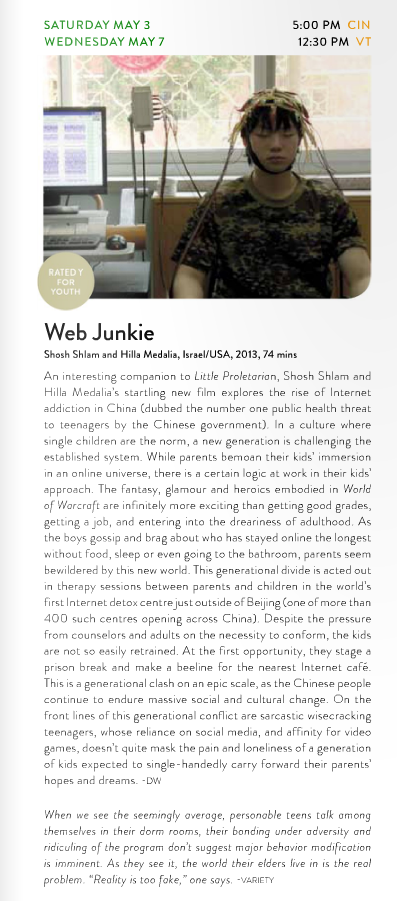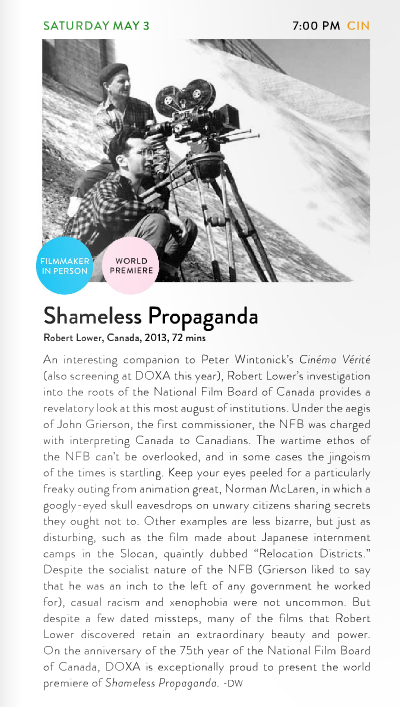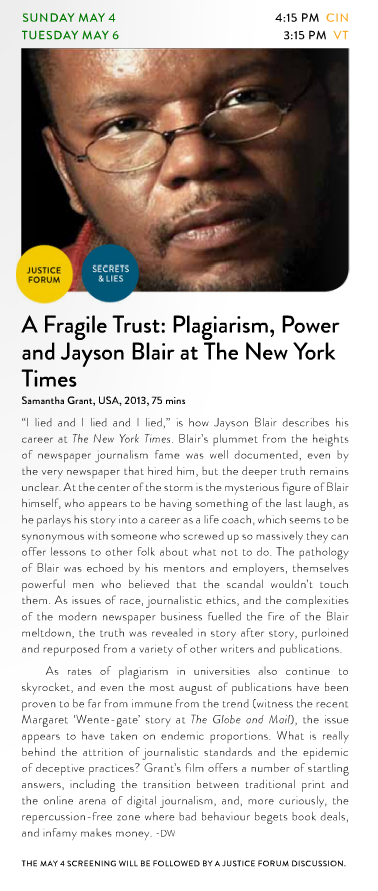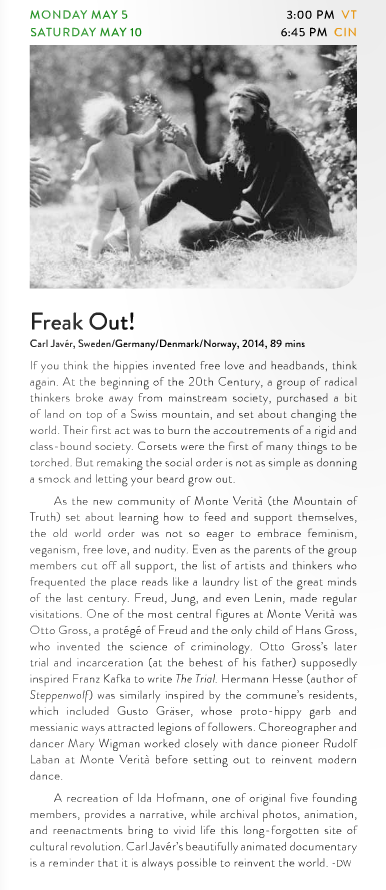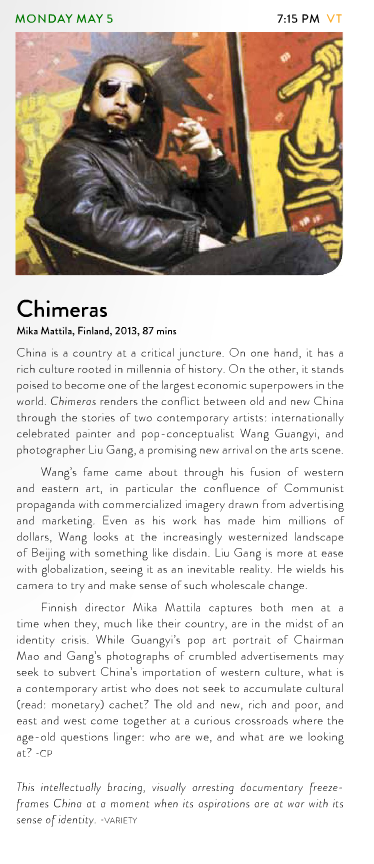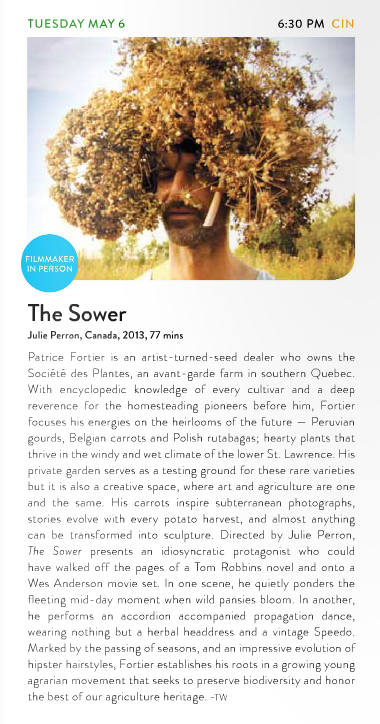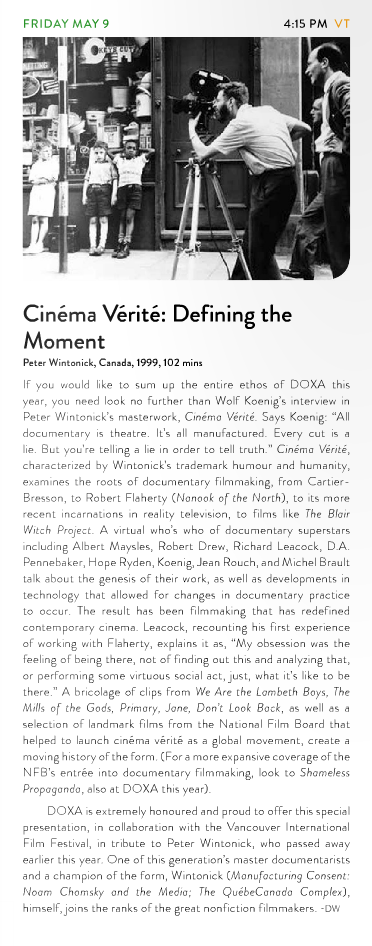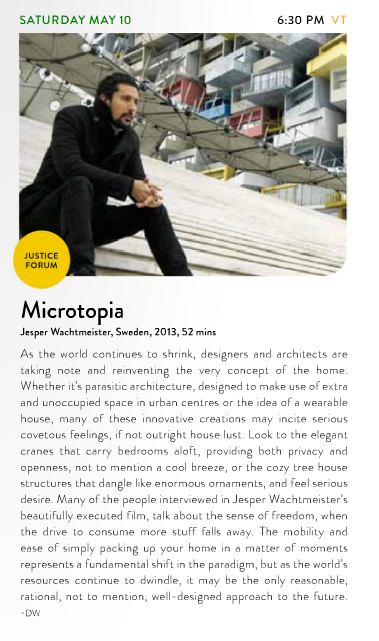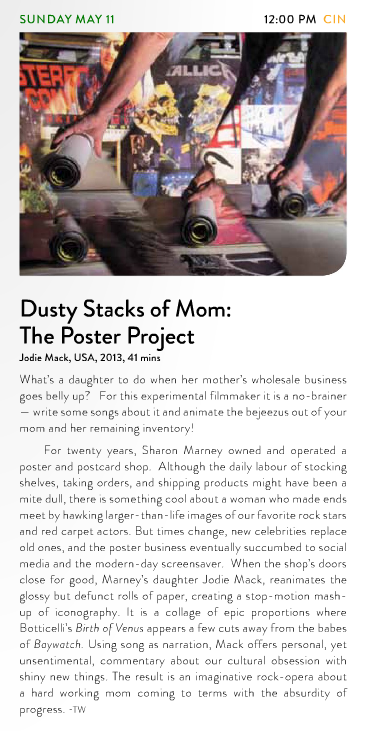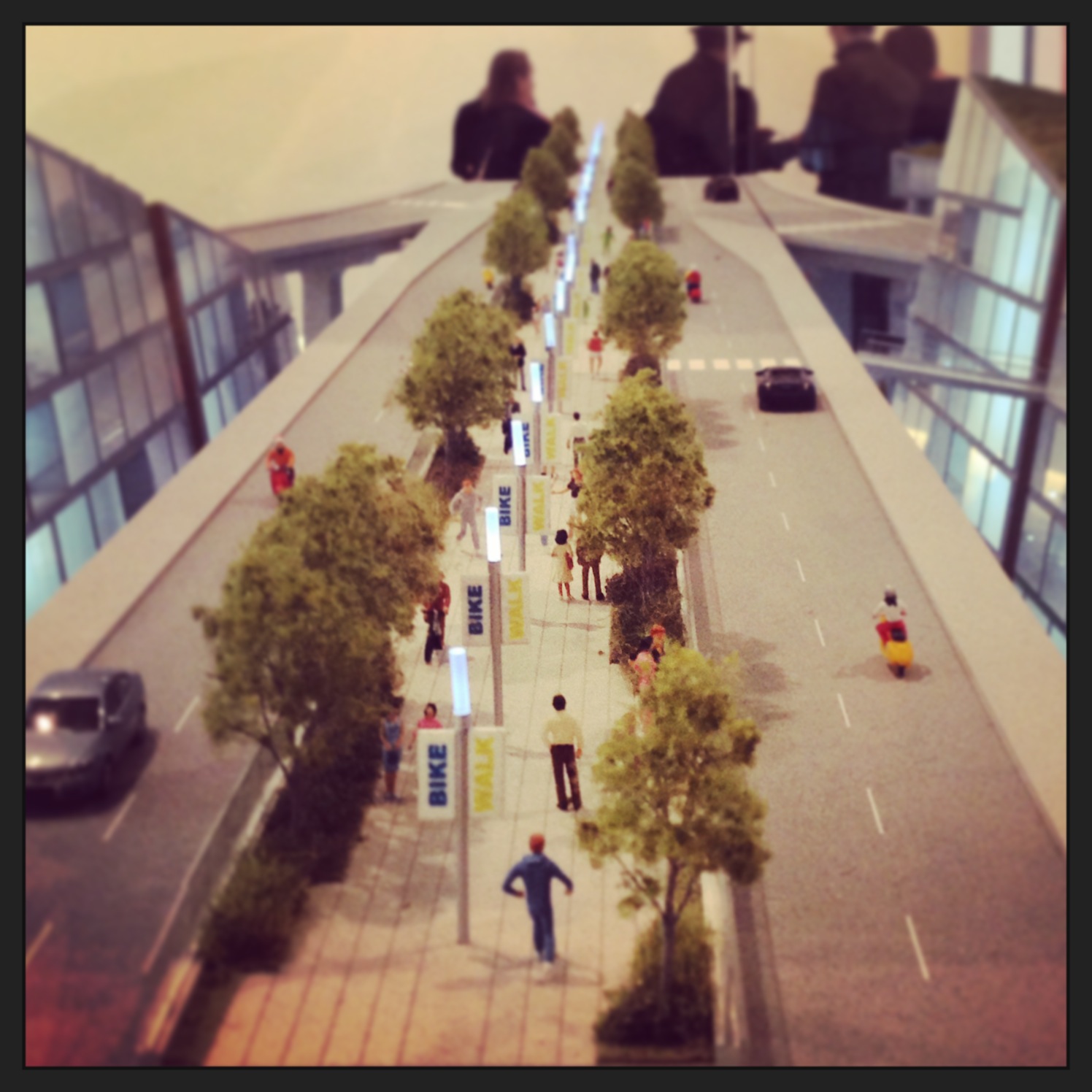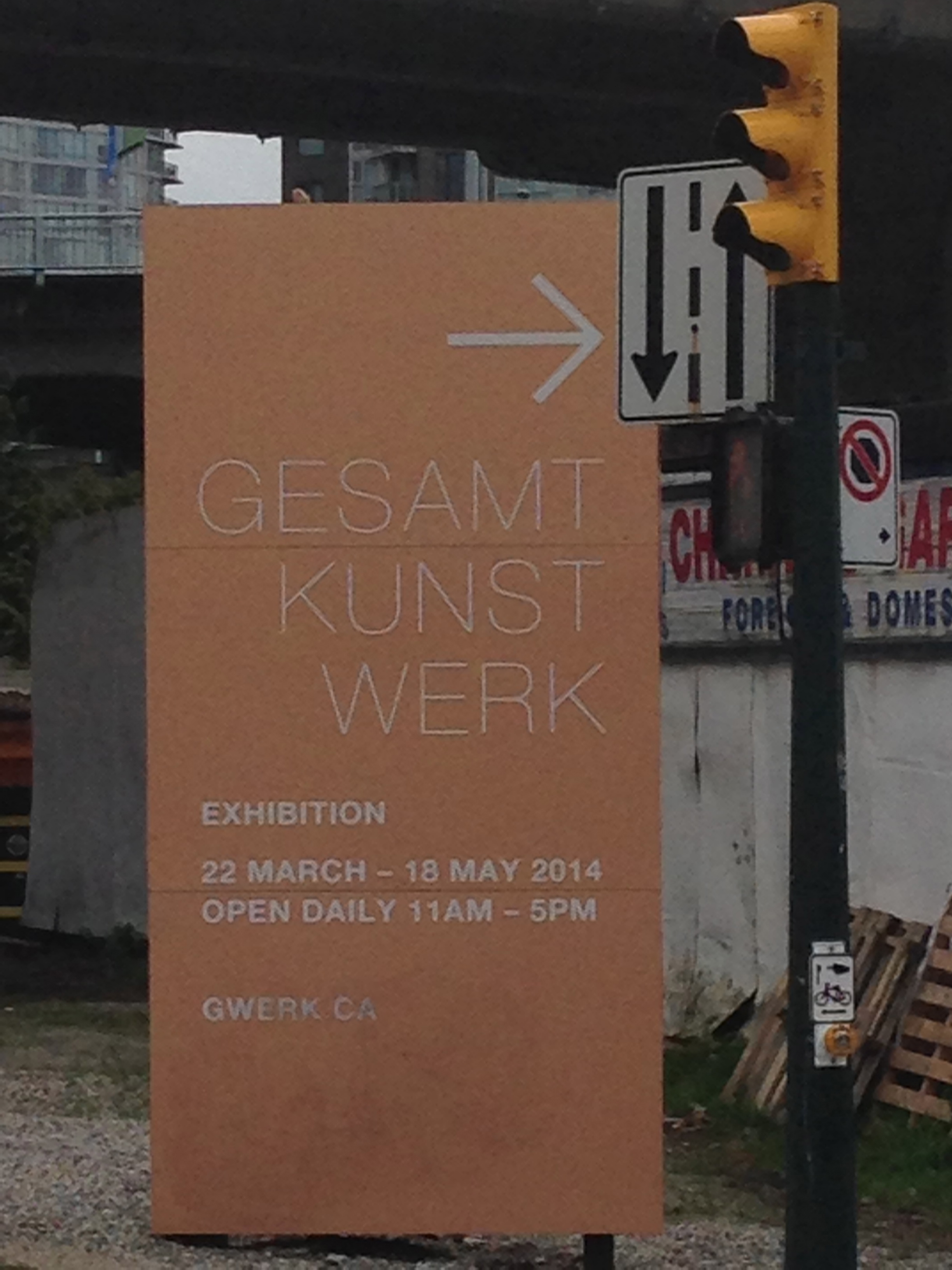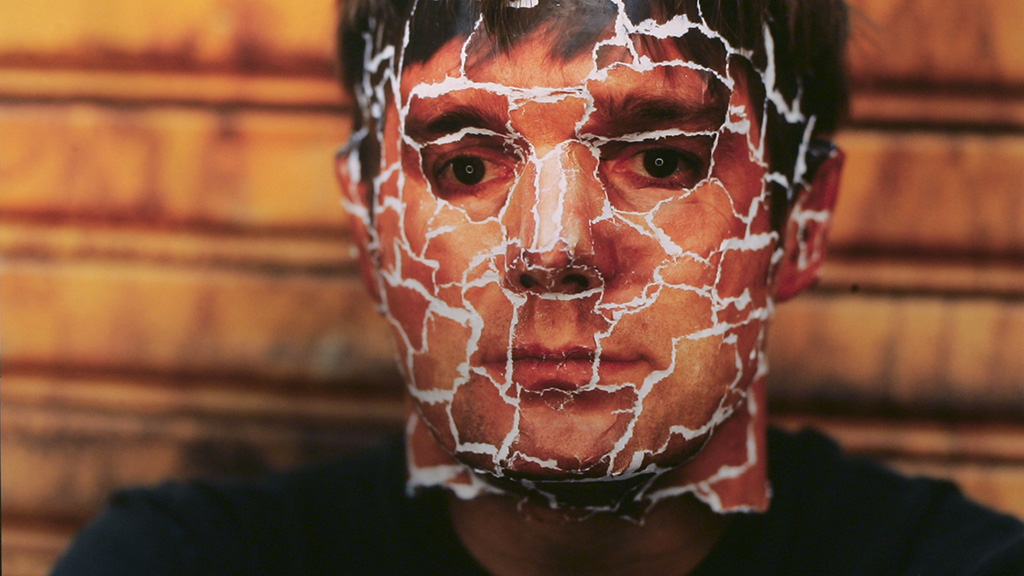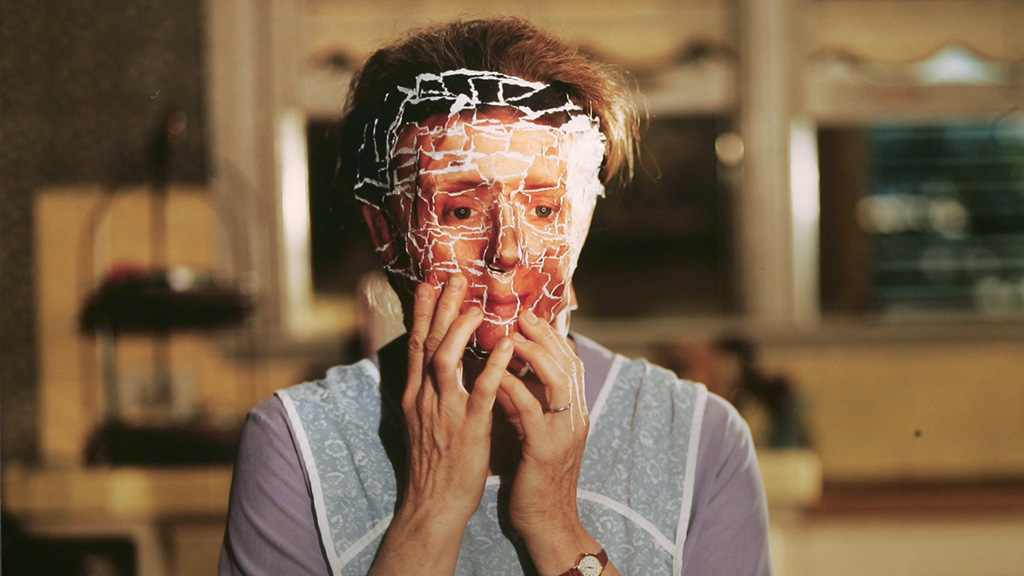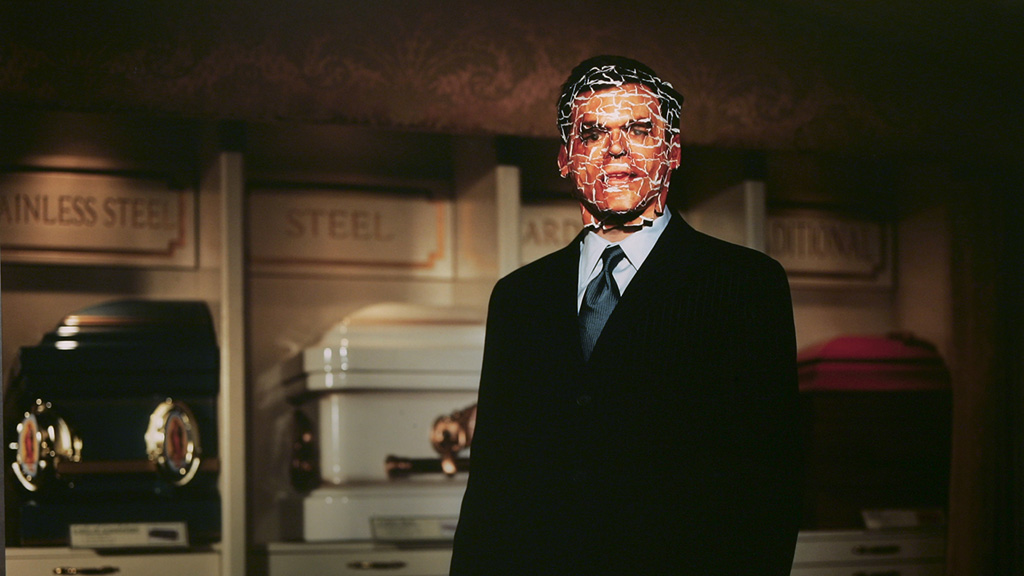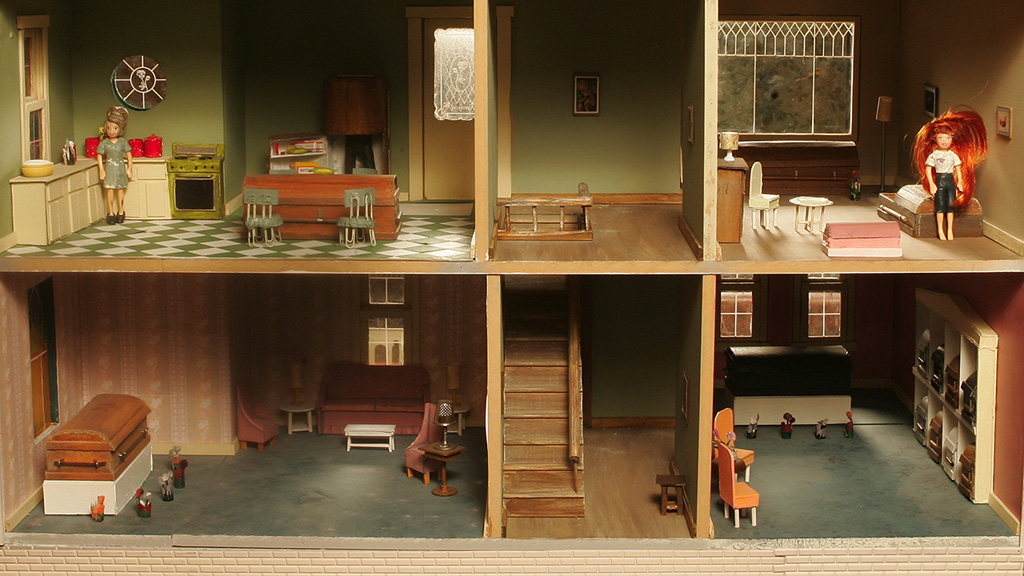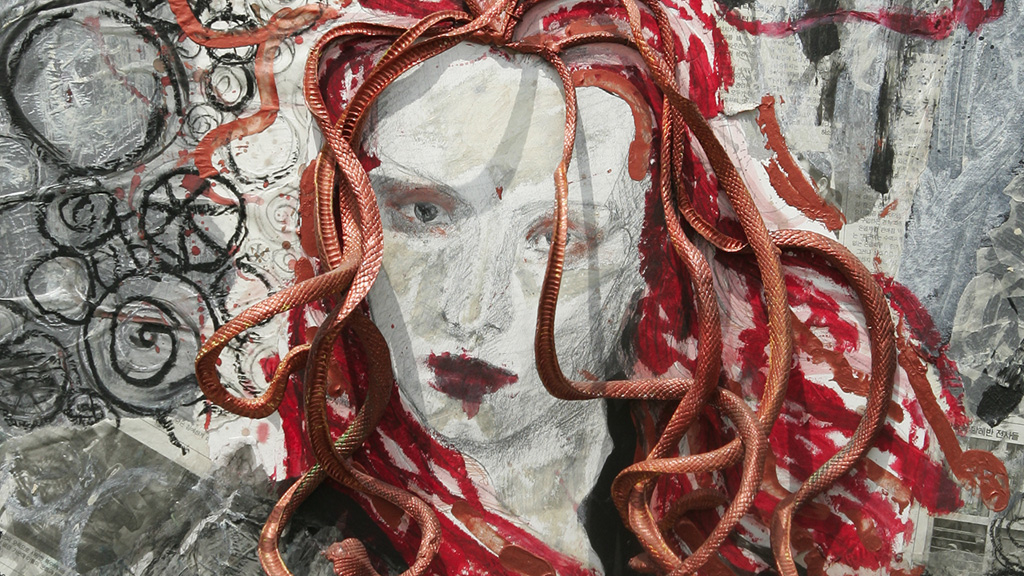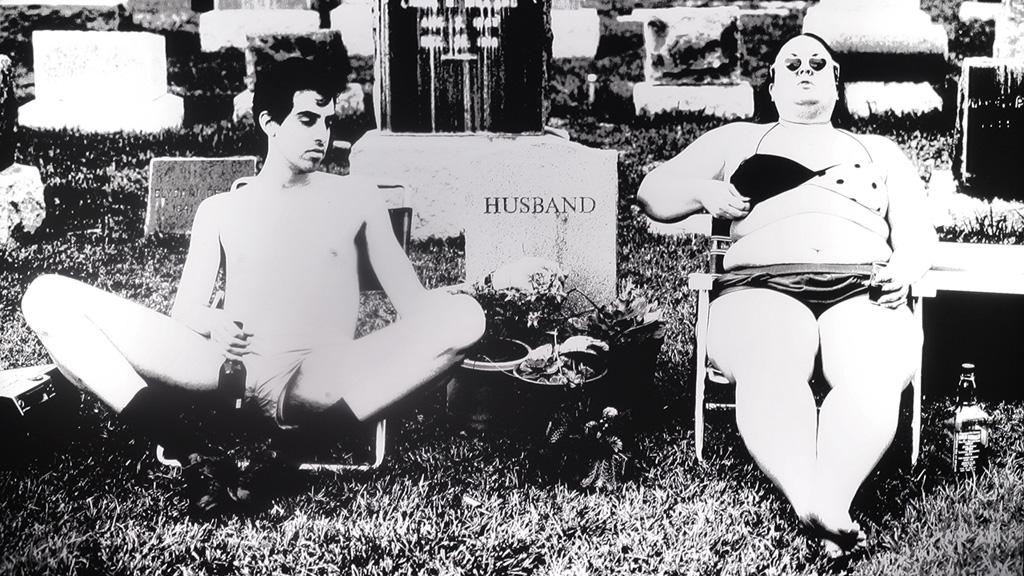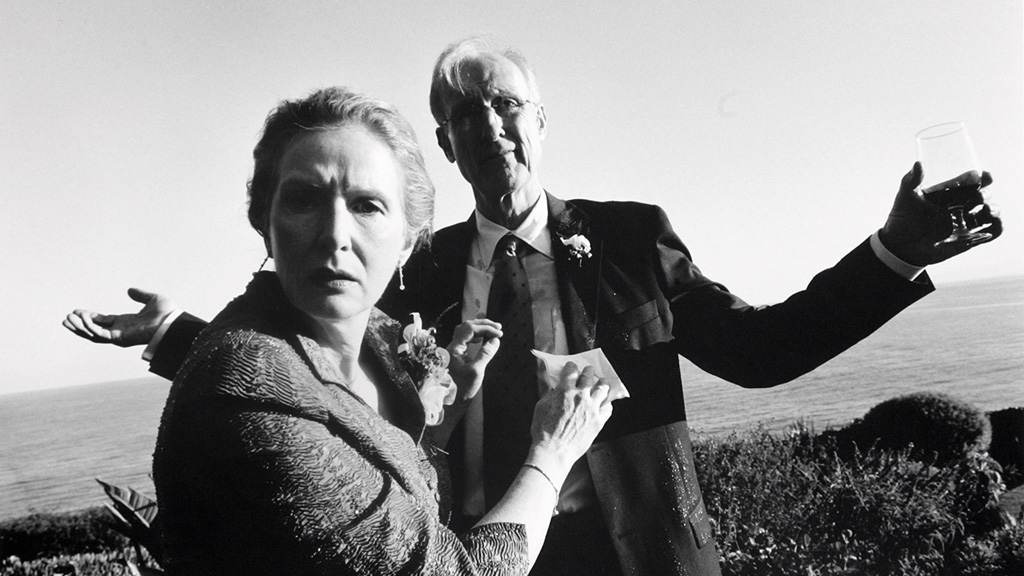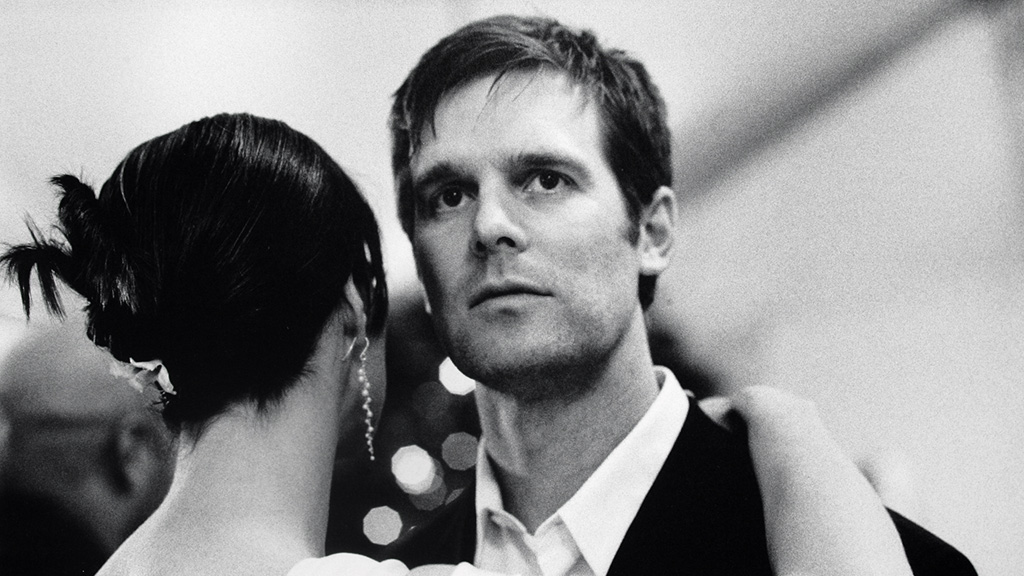It is true that documentary films today are much like history paintings were in the nineteenth century-- a form of visual culture that creates conversations about contemporary real-world events across wide audiences both locally and globally. Whereas in the past large scale painted representations such as Gericault's Raft of the Medusa (1819) or Delacroix's Liberty Leading the People (1830) could elicit outrage and even spark revolt, the modern medium of documentary film acts as today's visual catalyst for raising public awareness about current social, political, and economic tensions.
The DOXA Documentary Film Festival is one of the most anticipated film festivals each year in Vancouver and Western Canada, and this year's offerings are especially rich with films that span themes of art, activism, new media, architecture, and yes even a self-reflexive look at the documentary genre. Below are my Top 10 picks in the gallery slider (in order of screening dates). You can click on each film listing thumbnail to be linked directly to DOXA for more information, ticketing, and other details. Many of the filmmakers will be present for screenings, and several forums have been scheduled to discuss the films both before and after the screenings.
I also invite you to check out the ON-LINE FILM PROGRAM to browse and plan your own visit to the festival. For those of you outside Vancouver, the program offers a glimpse of several documentaries that will also no doubt start making the rounds of other documentary festivals in major international cities. Enjoy and share!



